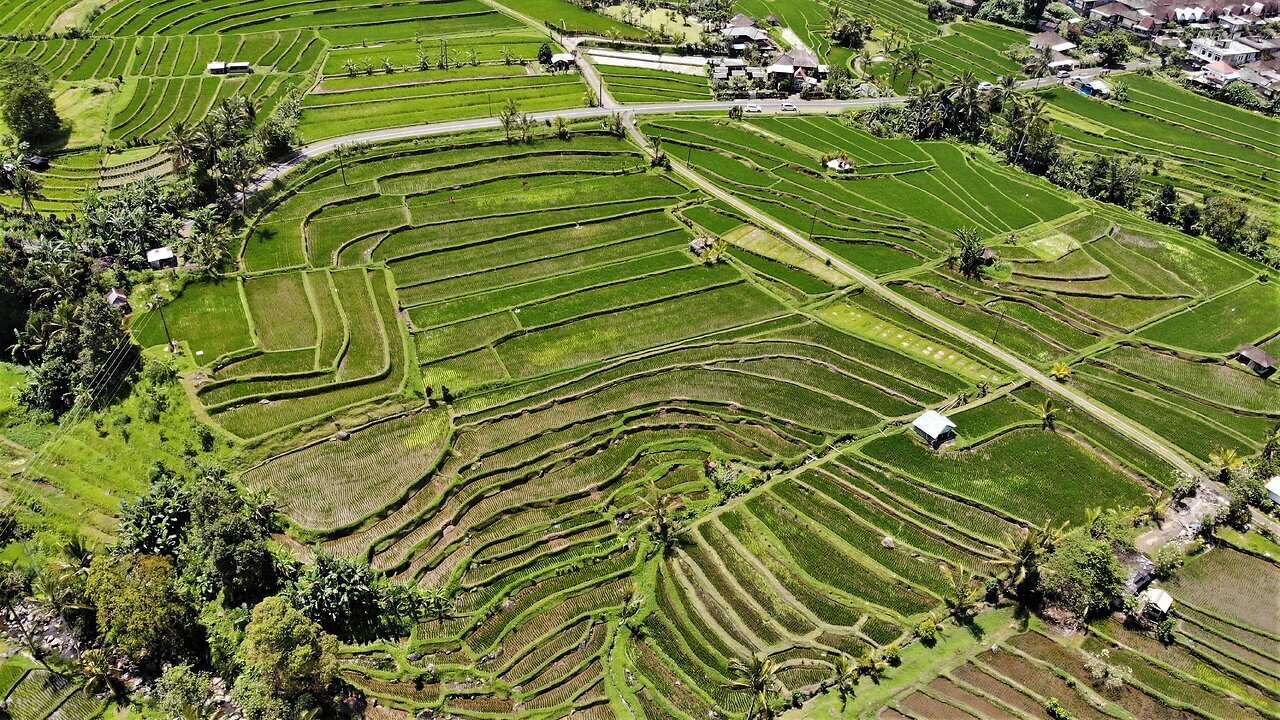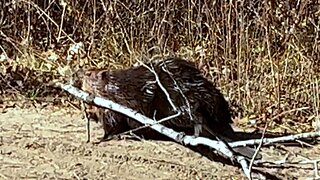Premium Only Content

The unseen story behind rice, the world's most important food
Rice is the most commonly eaten food for half of the humans in the world, making up more than 20% of all calories consumed. It is eaten by almost all people of all cultures to some extent, and for many countries, it is a staple food that is relied upon for survival.
Affordable and easily stored, it is a popular food among those with less income. Ironically, it is also produced almost exclusively by workers who have less income as well. Indonesia is one of the top producers of the world's rice. Most of the rice consumed by North Americans comes from Indonesia, China, and India. Many of us eat it almost daily, yet we don't give much thought to the way it is grown and harvested.
This rice paddy in Bali is strikingly beautiful, especially when seen from the air. Terraces have been constructed on the hillside by making low walls to retain water. The terraces are flooded after the rice shoots are planted. Many people believe that rice needs this flooding to grow, but rice would grow just as well with wet soil that was not submerged. The flooding is done to control pests and prevent weeds from growing among the rice.
Workers harvest the rice by hand, working long hours, toiling in the hot sun. It is a labour intensive job and the pay is meager. The workers in Indonesia are usually not paid for their efforts. Instead, they are given a portion of the harvest. This means that they will have a considerable food supply, but they will also need to work elsewhere to earn an income. We pay only pennies per serving for our rice, creating a market that prevents workers receiving much compensation.
Rice is an excellent food source, but the plants absorb and retain a high concentration of arsenic in comparison with other crops. North America and many other countries regulate rice imports to limit concentrations to 100 parts per billion. China allows up to 150ppb, a much higher concentration of the carcinogen.
-
 3:21
3:21
WildCreatures
1 month ago $0.56 earnedHiker Encounters Beaver in the Woods Hauling His Dinner to the Pond
3.17K1 -
 1:00:46
1:00:46
The StoneZONE with Roger Stone
7 hours agoFake News Attack on Tulsi Gabbard! | The StoneZONE w/ Roger Stone
50.2K18 -
 2:24:08
2:24:08
WeAreChange
10 hours agoElon Musk & Donald Trump: The Emergency Halt That Saved Us
78K58 -
 1:13:11
1:13:11
Flyover Conservatives
1 day agoWARNING! Is Bitcoin CIA-Controlled? – The Shocking Reality of Digital Assets - Clay Clark | FOC Show
33.2K7 -
 2:00:37
2:00:37
Space Ice
13 hours agoSpace Ice & Redeye Try To Figure Out Seagal's Most Incoherent Movie
124K2 -
 1:00:36
1:00:36
PMG
1 day ago $10.71 earned"Santa Trump is Giving Us Hope - But Will Johnson Stand Strong?"
96.2K14 -
 54:30
54:30
LFA TV
1 day agoThe German Strongman’s Arrival Is Imminent | Trumpet Daily 12.18.24 7PM EST
72.6K4 -
 2:04:11
2:04:11
Melonie Mac
11 hours agoGo Boom Live Ep 32! Soul Reaver Remastered!
59.9K10 -
 39:11
39:11
Sarah Westall
8 hours agoDigital Slavery and Playing with Fire: Money, Banking, and the Federal Reserve w/ Tom DiLorenzo
76.6K8 -
 1:38:38
1:38:38
2 MIKES LIVE
13 hours ago2 MIKES LIVE #157 ILLEGALS, PROTESTORS AND DRONES!
47.4K1